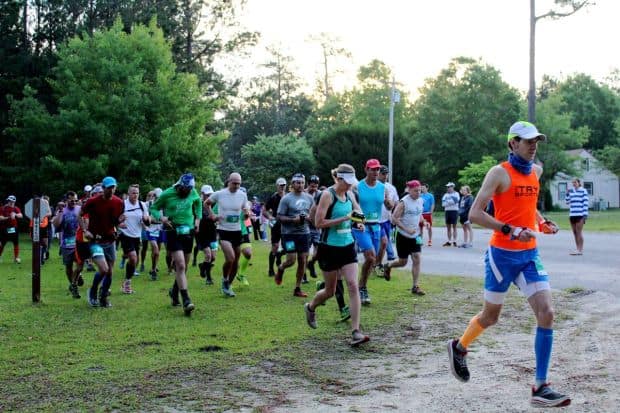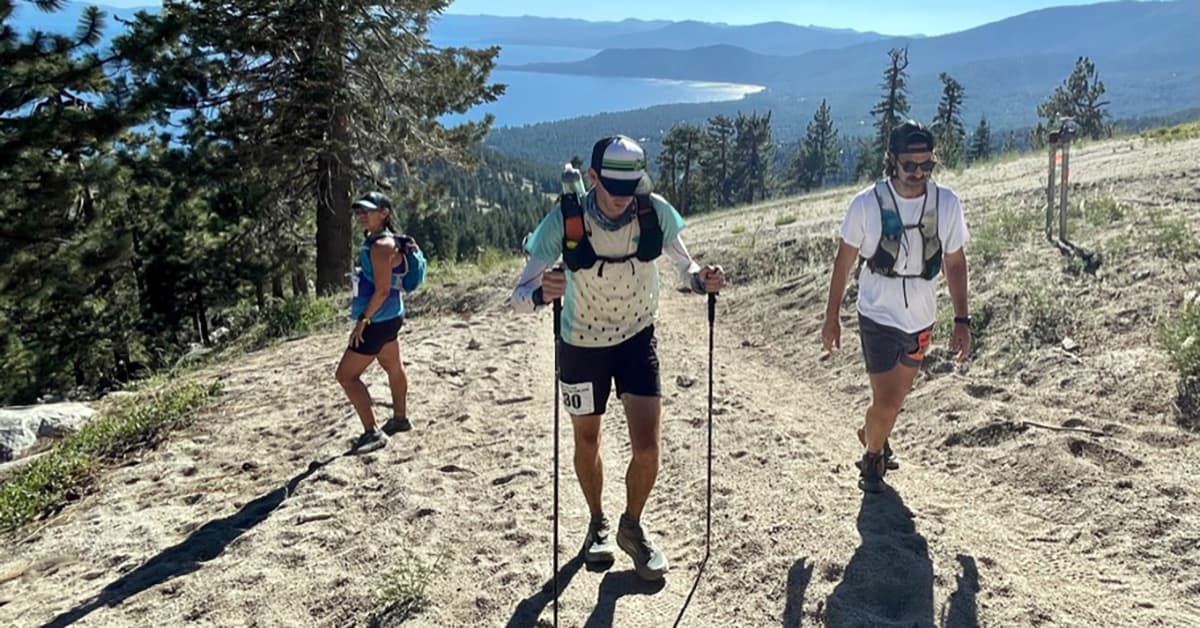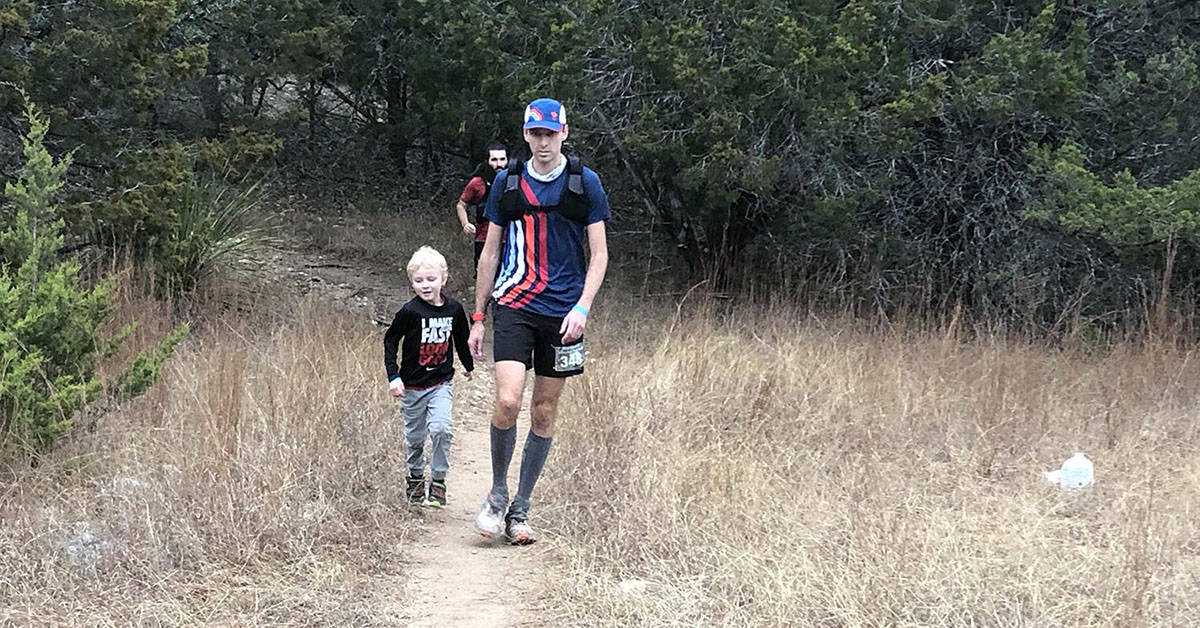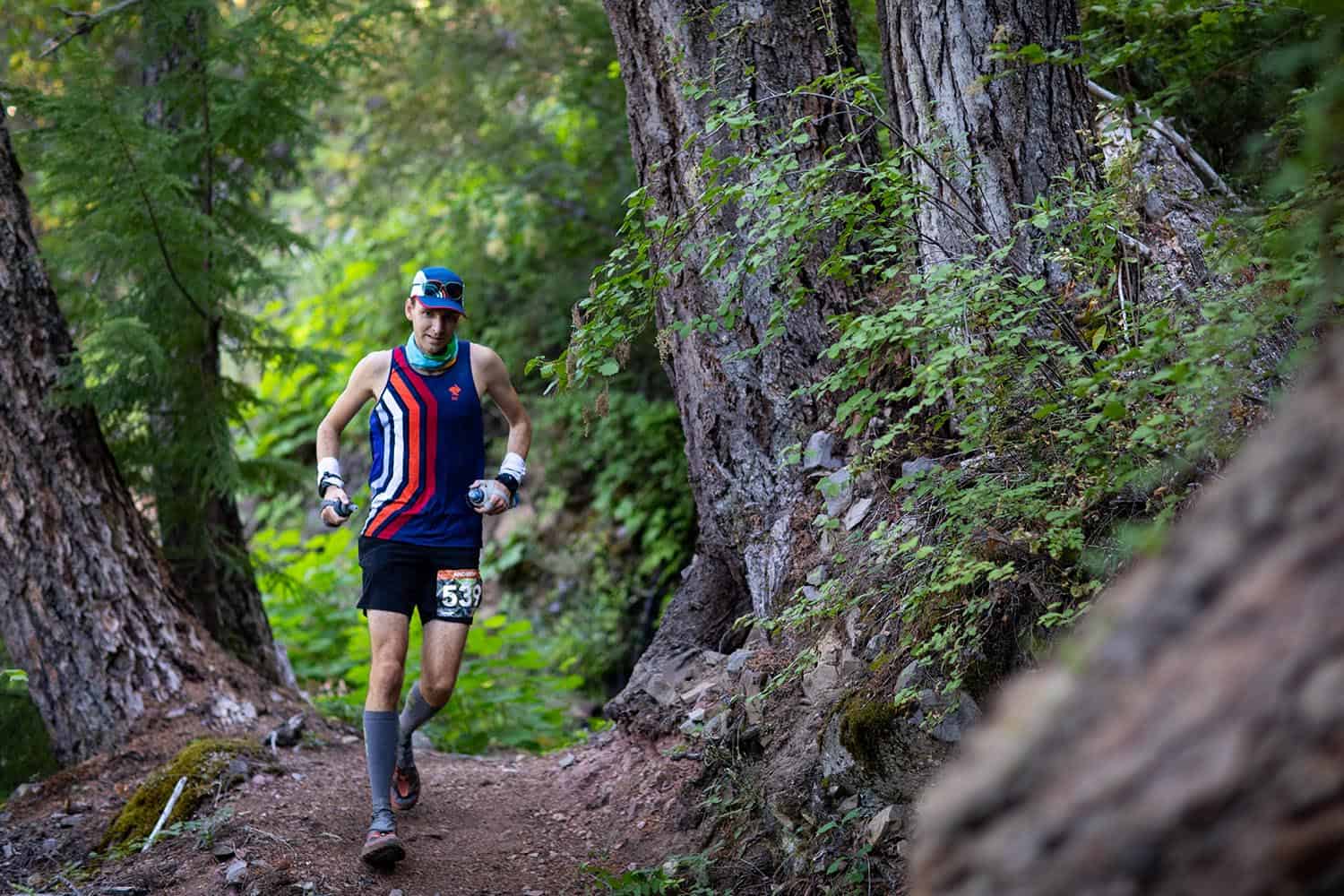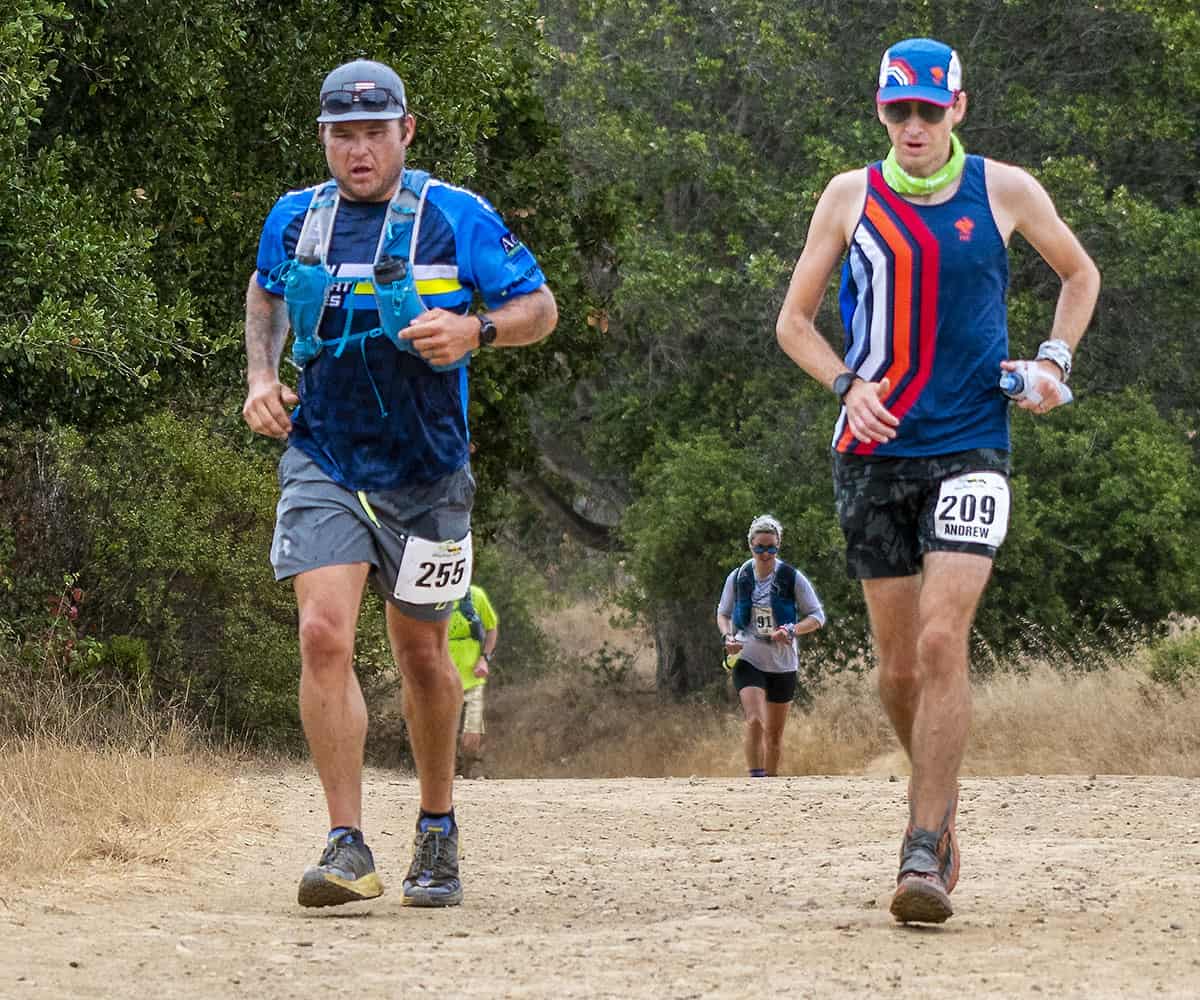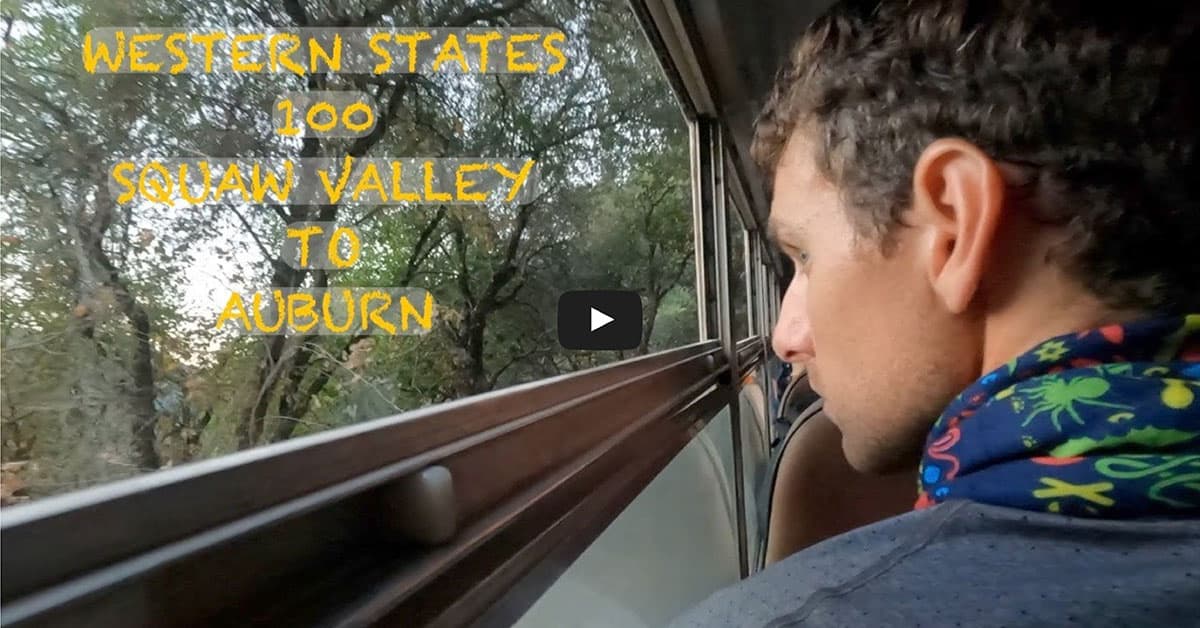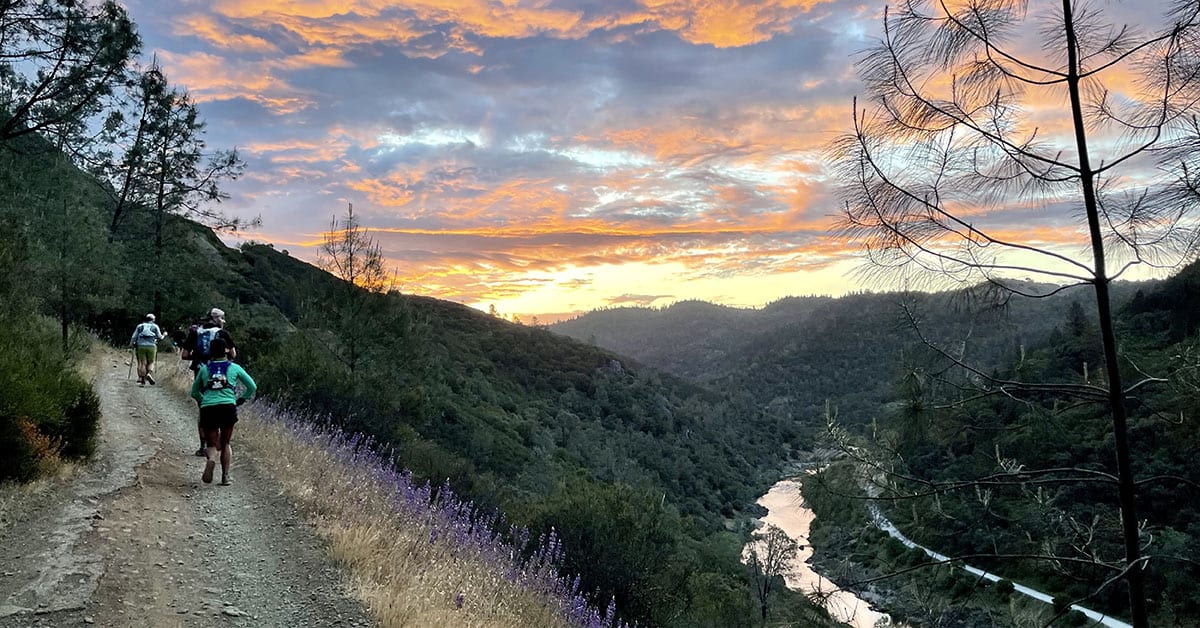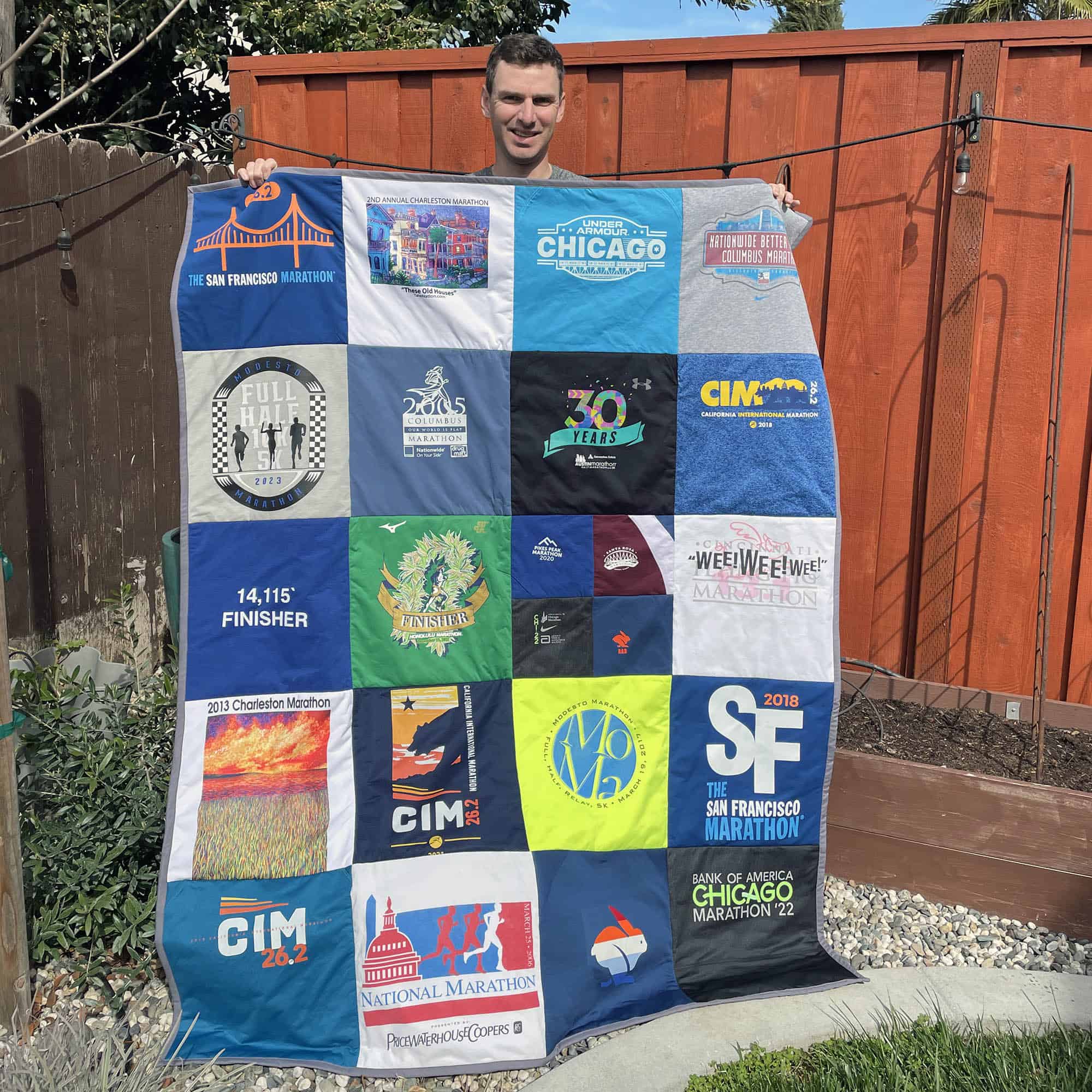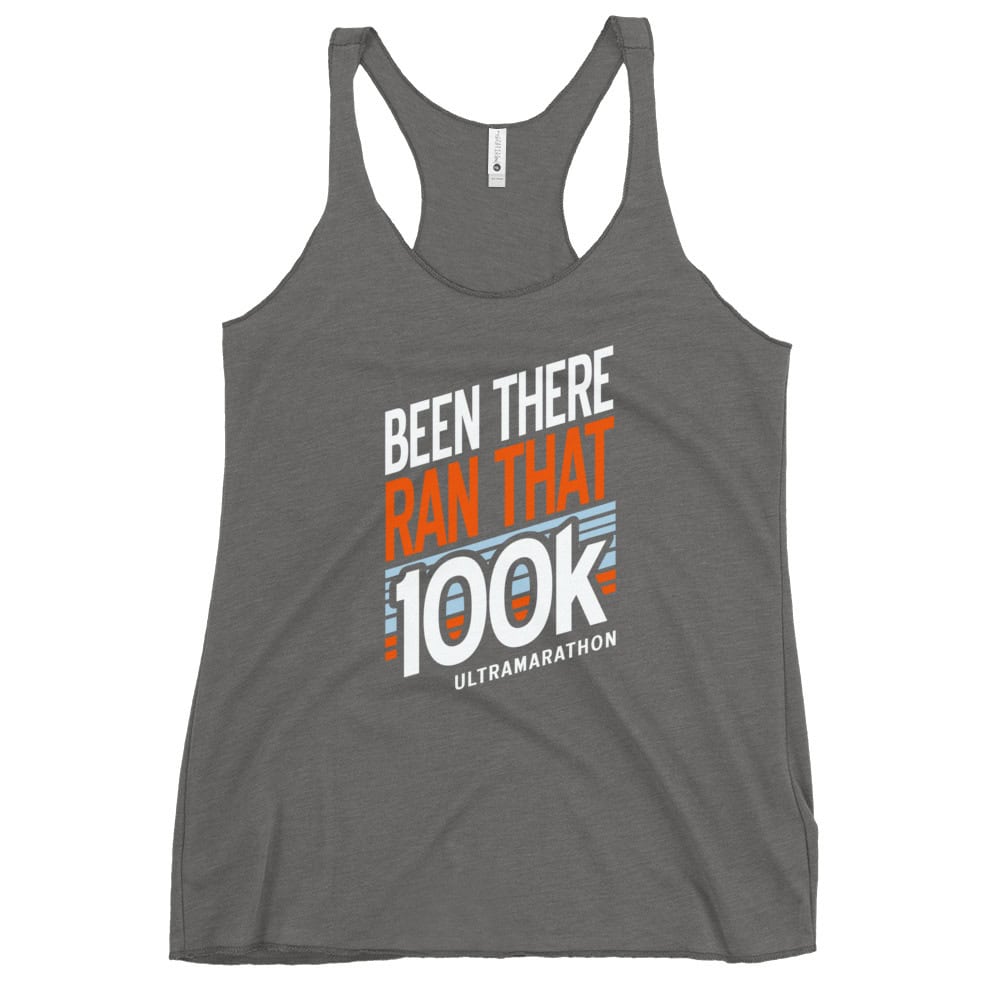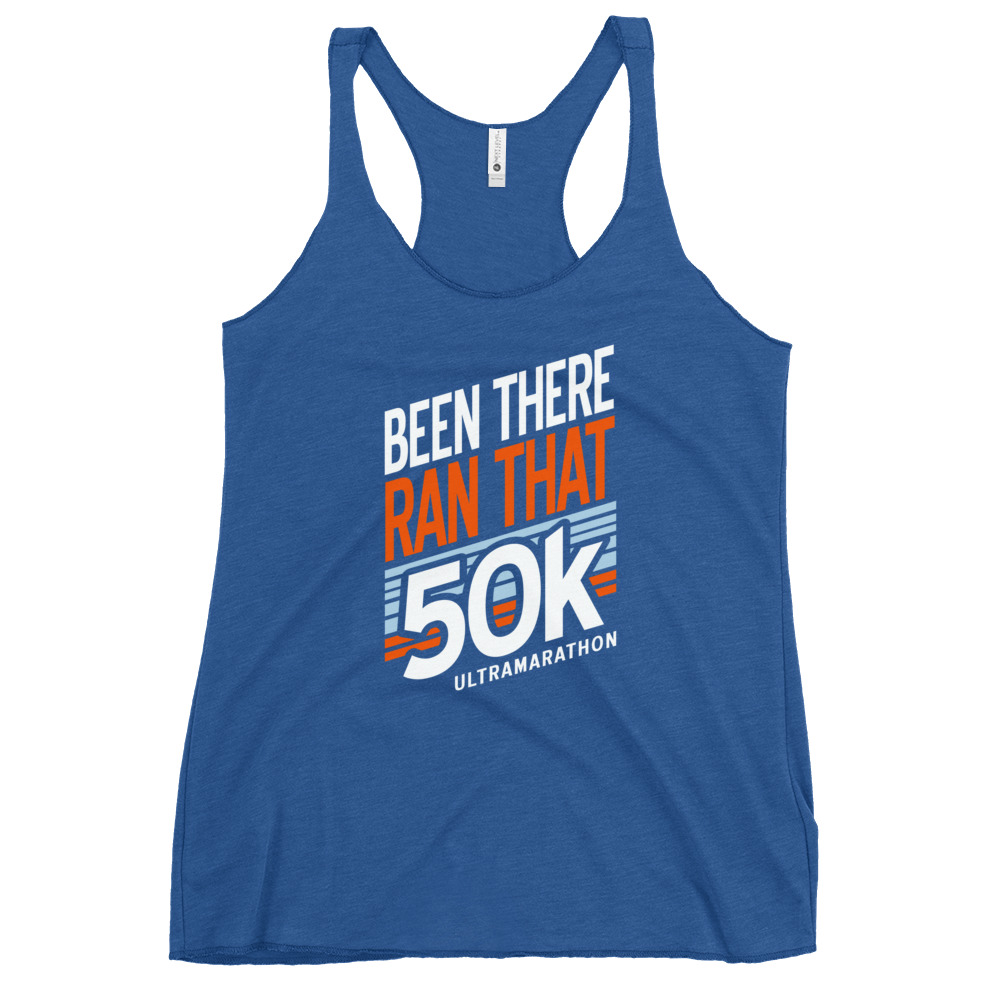My experience at the 2014 Wambaw Swamp Stomp 50-mile Trail Run
Saturday, May 3, 2014
Cordesville, SC – Swamp Fox Passage and Jericho Horse Trail
Distance – 50 miles
Finish Time – 9:13:52
The following is my recap of my experience running the 2nd Annual Wambaw Swamp Stomp 50-mile Trail Run on Saturday, May 3, 2014.
It started at the Witherbee Ranger Station in the Francis Marion National Forest (Cordesville, SC). This race consisted of one 25-mile out and back section of the trail in its first year. I remember struggling mentally throughout the second half of the race with the long straight route that seemed never to end. Thankfully, Eagle Endurance adjusted the course for 2014. Today, we would be running several smaller out-and-back sections of the trail. This would make it much easier to break the race into more minor challenges.
I had been sick much of December and January, struggled through Delirium 24-hour in February, and had only managed three long runs of 20-miles each in March and April. Despite these obstacles and the fact that it was still early in the season, I went into the race this year with three possible outcomes in mind; (A) Under 8:30, (B) Under 9:30, or (C) finish the dang thing.
Opening Out-and-Back:
As the starting command was given, I opted to take the early lead to avoid the inevitable bottleneck, running through an open field and onto a single track trail in a matter of 25 yards. This section was a quick 1.85 miles out and back. At first, I felt my pace was too fast, but I had not run all week, and I knew my legs just wanted to go, so that is what I let them do.
As I came back through the start/finish area (aid station number one), I stopped briefly to pick up my Salomon S-Lab pack and Redfox Wireless Headphones. My plan for the day was to walk for a few minutes for every 30 to 35-minutes of running. I had five more minutes of running to do before my first scheduled walk period, so I did not linger here very long.
Staging Area to Hwy 41:
Two minutes into my planned walking period, two runners sped past me, but this was no concern to me so early in the race. My goal was to stick to my plans and see how the day unfolded. My crew, Nicole, was waiting to see me for the first time since the start of the race at the Hwy 41 Aid Station. I dropped my hydration flasks with Nicole for refilling when I reached this point and quickly proceeded down the racecourse’s short 2-mile out-and-back section. I kept with me just one full flask and an energy gel to get me through the next 45-minutes.
Don’t Follow That Trail:
I was still in third place as I approached the next aid station, where a single volunteer was there guarding the goodies that awaited the racers. So I stopped briefly to grab a few peanut M&M’s, then started to turn around to head back in the direction I came from. Then, the volunteer jumped up abruptly and yelled that I still had to proceed further down the trail. However, based on the layout of the race, this did not seem right to me, but I thought to myself, “well, he is the one in charge of this stop and he, probably sent the first two runners the same way, so he must be right.”, and turned around to proceed further down the trail.
I saw the leaders coming back in my direction less than a minute later. Once they reached me, we all paused. They had traveled almost a mile down the trail, lost all recognizable markers, and decided to turn around. So I called Nicole, who was still waiting for me at the Hwy 41 Aid Station, and asked her to check with the race director on the course direction.
Two minutes later, my phone rang, and the only words Nicole spoke were “turn around,” and she hung up. She nor I did not linger on this inconvenience. Instead, get the information you need and execute; that is all that matters.
Hwy 41 to Jerhico:
With my flasks refilled (thanks to Nicole) and refueled on oranges and pretzels, I was off down the trail again to the Jerhico Aid Station, approximately 7 miles away. The first 5 miles of this section required retracing our steps along the straight, seemingly never-ending sections of the Swamp Fox Trail.
At this point, my body was fine, but my mind was starting to dwell on the two more times that I had to traverse this section of the course today. So I pulled my cap down low, focused on the trail 10 feet in front of me, and pushed these thoughts out of my mind. The course went past the turn that took you back to the start/finish and continued straight onto the Jericho Horse trail.
The Jericho Horse trail section of the forest was drastically different than most of the course. The burnt pines and very little undergrowth make it feel like you are running through the wide-open despite being relatively shady. The aid station was about two miles up this trail, but first, I had to cross a section of the course that was completely underwater. The race director had thrown some logs down so that we could attempt to cross without getting soaked. However, with the first step, my right foot was completely soaked. I cursed at myself, took a deep breath, and proceeded to cross with even more caution.
Trail running requires you to think very quickly, which sometimes causes you to lose precision with your actions. Obstacles, like unexpected creek crossings, need you to slow down and think carefully, which I thought I was doing. I failed this time. Thankfully, the dry dirt of the trail and warmer temperatures allowed my shoes not to feel sopping wet very long. I was in and out of the next aid station with just a quick flask fill-up. Then it was off to the start/finish line (mile 27) to do it all again.
Back at the Start/Finish:
I reached the start/finish line for the second to last time in just under 4:15, still holding my 35 minutes run with a 5-10 minute walk strategy, and feeling pretty confident on 8:30 to 9:30 finish time. It was getting hot and humid, which were conditions I had not yet run in that year due to a mild spring. So I decided to spend a little extra time at the aid station to chat with Nicole, the race director, and others milling around while eating and drinking a little extra. I knew a little extra time here would give me the energy I needed to continue to run strong the remainder of the day.
To Hwy 41 Again:
After another approximately 7.5 miles, I was approaching Hwy 41 for the third time that day, and the warm temperature was starting to take its toll on me. In the last half mile, I made sure I had emptied all 40 ounces of water and Tailwind that I had on board.
With still around 15 miles of the race to go, I knew that I could, realistically, still achieve the goal of under 9:30 hours for the day. To do that, I had to keep putting fluids and electrolytes into my body.
Thankfully, Nicole had anticipated my needs once again. As I came into Hwy 41, she handed me a 16-ounce bottle full of chicken broth. I drank half of it while all of my handhelds were refilled and proceeded out of the aid station, knowing again that I would be back there very shortly.
Adapting My Plan to the Humidity:
At this point in the race, I had lost the ability to keep up with my run/walk schedule. The heat and the fact that I had not run far since February called for a necessary adjustment in strategy. I reminded myself that I knew this point would eventually come, and I would have to accept a strategy change as I settled into a 15-minute run followed by a 5-minute walk.
A short two miles out and back put me back at Hwy 41, where I had some more oranges and chicken broth and replenished the fluids I had put down during the last section.
The Last Long Straight Trail:
Leaving Hwy 41 aid station for the last time, I was onto my least favorite section of the trail (7.5 miles, very straight, very open). I found myself with my volume of music as high as it would go, my hat pulled down low, and my eyes focused on the ground 10 feet in front of me. The sight of another runner or wild animal would have completely caught me off guard and caused a severe adrenaline rush, maybe not a bad thing at this point.
About halfway to the next aid station, I found myself starting to walk more and more and was down to an 8-minute run and a 2-minute walk. I worked to remain positive and told myself that it was still more running than walking.
By the time I reached the final aid station, I had been going for just over 8 hours. My mind was dwelling on the last five miles of trail that stood between me and the finish line, but the sight of Nicole and my dog Denali at this aid station was a refreshing lift. Despite being tired from the day, they made me smile and laugh as I hung out there for a few minutes.
This short break also gave me a moment to consider a strategy to cover these last five miles. My nausea was starting to be too much for ginger chews to keep at bay, and, despite my outwardly positive mood, I did not know how much more running I was going to attempt on the day. My mind settled on a run 3-minute and walk 1-minute routine as I left the aid station. I held this pace into the finish line, determined to come in under 9:30 hours.
The Finish Line:
The final two miles consisted of reflecting on the events of the day. While my finish time was only slightly faster than my attempt in 2013, I was happy with it, especially at this point in the calendar year. The day was a success, regardless of the clock, and, mentally, I knew it.
It felt like my most comfortable – for lack of a better term- 50-mile ultra since dedicating myself to the sport four years ago. After a couple of welcomed days of rest, I was back to fully investing my time in preparing for the next ultra-challenge that awaited me in June.
Wambaw Swamp Stomp Takeaways
Did you experience any body aches or pains throughout the race?
My legs had gone through a few short spells of hamstring and calf cramps around mile 27, but nothing out of the ordinary. Some fatigue set in due to the humidity, but a little more training throughout the season could have combated this. Overall, I held up well for the amount of exercise that I put in and the weather conditions on the day.
What supplies/nutrition would you recommend?
My on-board nutrition consisted of three 8-ounce flasks full of water, two 8-ounce flasks full of Tailwind Nutrition, Huma gels, S-Caps and Ginger Chews. I had started the race with just two 8-ounce handhelds and my Salomon S-Lab EXO Twinskin short pockets full of Huma Strawberry gels, ginger chews, and my phone. My wife held on to the rest of the supplies and distributed them to me at various times throughout the race.
As this was not our first rodeo, we had successfully altered my nutrition and hydration plan throughout the day to keep me in control and executed as planned. Our strategy to carry Hydraflask handhelds instead of a hydration pack proved dividends in keeping the weight off my back and shoulders. If you find yourself prone to lower back issues or tired shoulders late in the race, I recommend this method.
Is there anything you would have done differently?
Trust your instincts always. Although I knew the third aid station volunteer’s directions did not sound right (and they were not right), I still opted to follow them. While volunteers are beneficial at supplying your needs at an aid station, they typically are not responsible for knowing the course direction. While it was an unanticipated inconvenience, neither myself nor the two racers ahead of me lost significant time, and it did not impact the race’s outcome.
What additional strategies would you recommend?
Plan (and stick to) a run/walk/rest schedule. I planned to run 35-minutes, followed by 5-10-minutes of power walking right from the start. This strategy has served me well when running fast and flat courses. It keeps me from just running and running until I hit the wall somewhere short of the finish line for the day. It is okay to shorten the run periods as fatigue sets in, but always make sure your run time is longer than the walk periods.
I also stayed at a couple of aid stations longer than some other runners, which can sometimes be a good or bad decision. For this year’s Wambaw Swamp Stomp and the humid condition, the extra time was an excellent choice to help me regulate my energy output and body temperature.
Bring along moral support. Having my wife there to meet my hydration and nutrition needs throughout the day made a world of difference. But, as I said before, this was not our first rodeo. It takes a lot of experience and adjusting the strategies to plan a seamless execution throughout the race. Now, we have become so systematic. She can respond to things I need without ever speaking a word. This is not to say that a racer cannot be successful without a strict regime like ours.
The gift of having a little bit of time to stand around those that you love can make you quickly forget about the last eight hours of running through the forest, fighting off leg cramps, and struggling to stay hydrated against the heat and humidity.
Make sure you bring along someone that can hold their own while you run and not get bored. While she was waiting for me during each section, I’m sure Nicole shared with the other bystanders all the races that I have on the calendar for this year, how she has just learned to anticipate my needs, and how this was just a fun, 50-mile run for me. She is so proud of me and the best support team anyone could ask for!
Stay focused and avoid distractions. Whenever my mind would begin to fixate on any pains or dread the miles that followed, I always revert to this strategy: “Pull your hat down, focus on no more than 10 feet ahead, plow forward.” Always.
